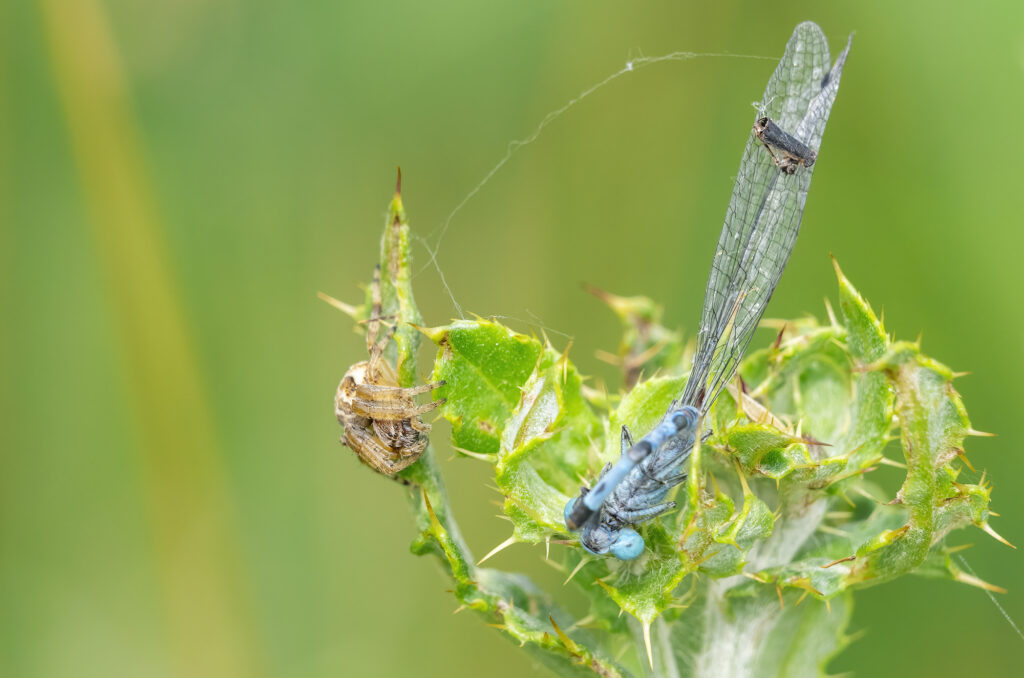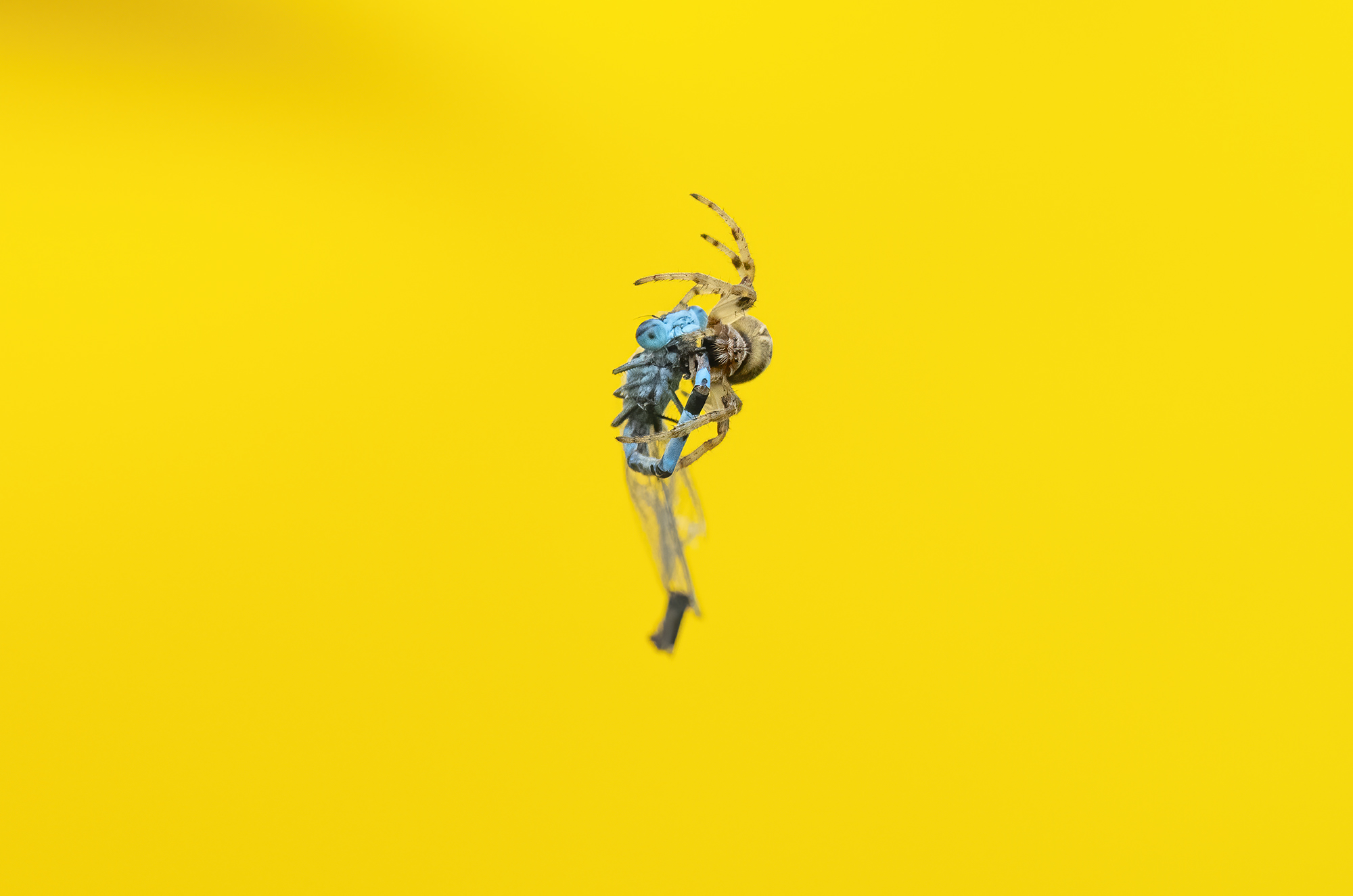Last month, I received an email confirming I’d had an image shortlisted in the Scottish Wildlife Behaviour category of the Scottish Nature Photography Awards. When I say this was a complete shock, this is not modesty. I have been entering wildlife photography competitions for more years than I care to admit, and this was the first time I had reached the next stage of judging with any of my many entries. That is not to say I should have done better. When reflecting on my photography over the years, I see how much I’ve improved. I completely understand my lack of success in previous competitions. I also mostly enter these to force myself to look objectively at my images and to work out what others might see when they look at them. But, in a moment of honesty here, I am ready to admit that I have sought recognition in order to feel comfortable calling myself a wildlife photographer.
So, as well as the general surprise and delight at the news, the second shock was when I scrolled down the email to discover which photo had made the shortlist. If you had told me to pick the one image that stood the best chance of success, Ex-damsel in distress would have been the last on my list. In all honesty, it was entered to make up the numbers and avoid wasting any of my entry fee.
Why didn’t I think it stood a chance? Well, it certainly wasn’t my most exciting wildlife encounter of 2023. The action also took place in a few seconds, so I had to just react to the situation – there was no time to plan the perfect shot. Let me explain. We were walking at Neilston Pad on an overcast day last July when something attached to a branch caught my partner’s eye. He lifted the dead damselfly to inspect it when an angry bankside orb weaver spider rushed towards him out of nowhere to claim its prey. My partner dropped the damselfly in surprise, and it swung from a single thread, still attached to the branch. The spider hurried down the thread to retrieve it while I desperately tried to lock focus. I knew that was the image to capture – predator and prey hanging together. My partner moved away, so his t-shirt caused the unplanned bright yellow background – the colour that made the subjects stand out. It all happened so quickly that I only captured a couple of images of the angry arachnid dangling with its ex-damsel in distress. I managed one final photo after it had pulled its prey to safety, and I like to think you can see it glaring back at me in that one.

So, in summary, it was not the most thought-out bit of wildlife photography – I was operating on instinct. I was also using my long lens (100-400mm) on the OM1, rather than a macro lens, which I also assumed would go against me in the competition. Although this setup doesn’t provide the detail and magnification of a macro lens, it makes it easier to take advantage of unexpected invertebrate photography opportunities as they present themselves. It also enables me to stand a good distance away to capture these images, so I avoid disturbing any diminutive subjects. And it means I can switch to photographing a passing bird without needing to change lenses.
So, the surprise shortlisting of this image – in a competition I have followed and admired for years – served as a reminder of how subjective art is. Our reflections are often what makes our content – an essay, a blog, or a tweet – interesting for others. What engages me the most is the stories and experiences of other people. But our experiences and stories can also be a stumbling block when looking at our work objectively.
Looking at your images through someone else’s eyes is difficult. Why? Because it is hard to look at a photo you captured and separate what you see from what you felt when you took it. We must remember that the judges may never hear how and why we captured an image. They just look at the photo and judge it on what they see. I love the photos I captured of otters on my local patch back in 2022. But why should a judge? They won’t know what a worrying time I was going through when I spotted the family playing in the local burn. They won’t know that this was my first (and, so far, only) encounter with wild otters. They won’t know the tricky lighting conditions I grappled with, alongside the feeling that at any moment these magical creatures could melt back into the river and become a missed opportunity. All they can do is look at the image in front of them, which doesn’t tell them any of the above.
So, my advice for preparing an image for competitions is to discount the story of capturing it – which the judges may never hear about – and look critically at the photo. Also, consider entering a variety of images, including those you deem imperfect or unusual – these may be so different they catch the eye. Overall, try not to overthink it.
And, as skilled professional photographer and serial award winner Andy Parkinson reminded me in his webinar about entering competitions, you’ve got to be in it to win it. And, who knows, maybe someday I will.


